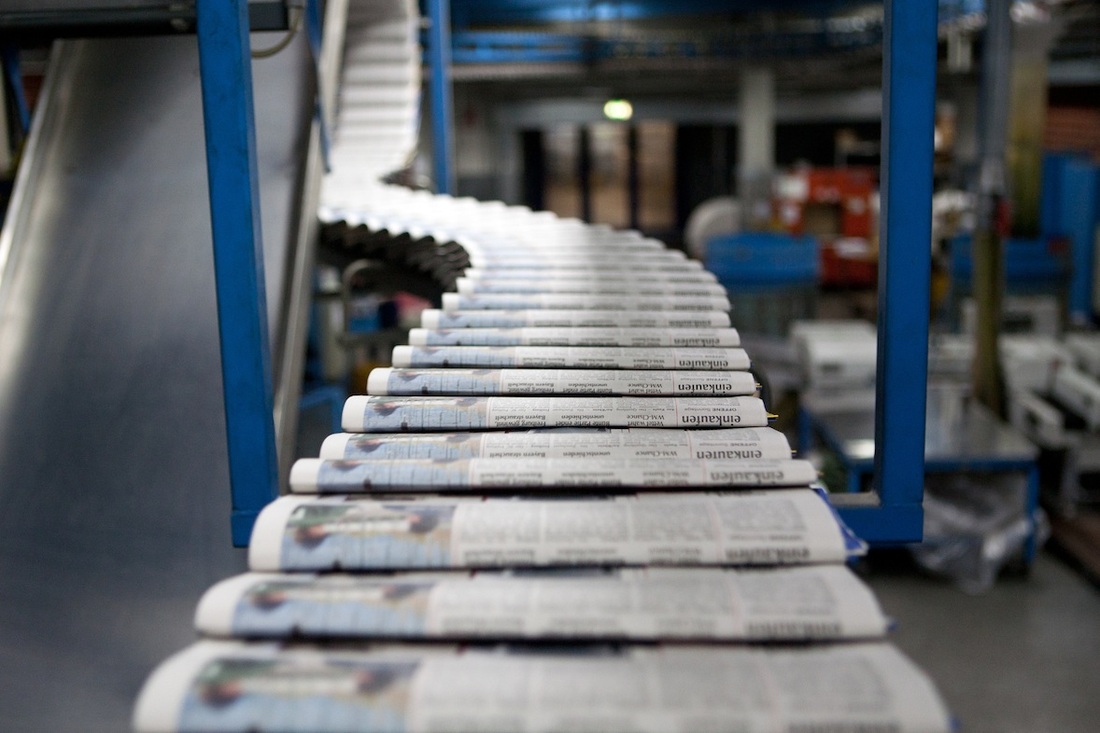Format and layout: Print newspapers follow and S or Z pattern in laying out their articles. What this implies is that the reader browses the front page in the S or Z shaped pattern. If you read the Times of India, your eyes probably rest on the main article, then move to the secondary one to its right, then down, diagonally to the bottom of the page, where clusters of smaller articles live. There, you have your Z. It’s a very subtle movement, and we remain unaware of it. If you’re used to the Z format papers, landing on an S front page can leave you feeling you've been led astray. If you’re used to finding your editorial at a certain spot, you won’t enjoy hunting through the paper to find it elsewhere.
For the same reason, online news websites will rarely make a radical design change overnight. They will probably ease you into it by slowly and subtly.
Some online news sites do break convention, and very successfully too, such as newsmap.
Style: Every paper has its own style of writing articles. Length of sentences, use of active/passive voice and general tone can differ greatly. It’s sometimes surprisingly easy to see which newspaper has a more aggressive stance, which are hopelessly diplomatic, and where each one leans politically.
Typeface: We get very accustomed to certain typefaces. Just as human beings are made in a variety of personalities and characters, words appear in a variety of typefaces. We adore some, get along others, tolerate several, and abhor a few, depending on our own personalities, background, intellectual and aesthetic sensibilities. After years of reading one paper, it can take a while to digest anything else, simply because the fonts may be different.
Unsubscribe from your daily paper, and it can take several weeks of feeling lost without it, before you adjust to online news. Online news is freely available, but many of us still need our daily fix of a newspaper in print, with its delicious inky smell.

